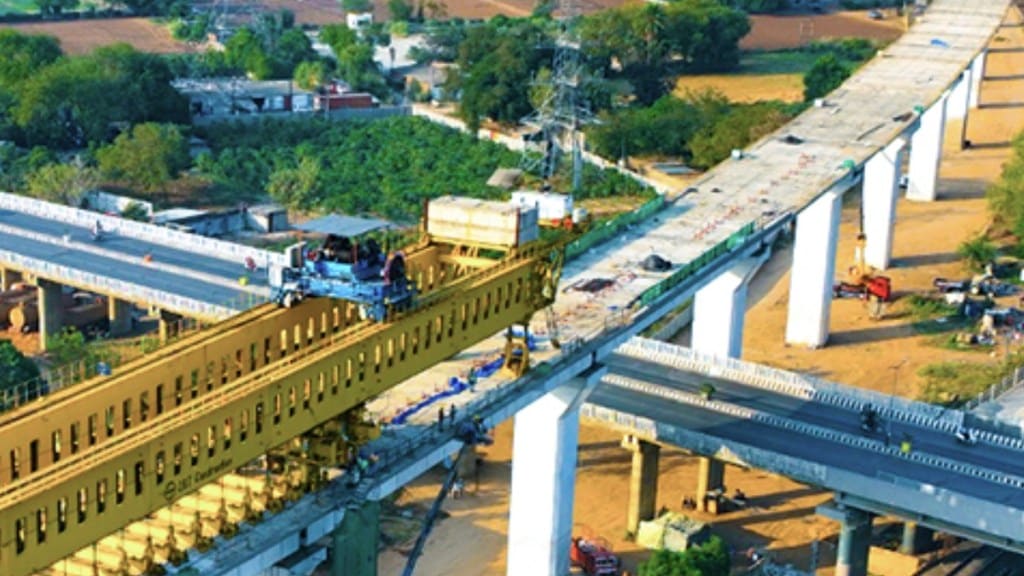The National High Speed Rail Corporation Limited (NHSRCL) has announced that the track construction work for the Gujarat portion of the Mumbai-Ahmedabad Bullet Train project is progressing “swiftly”. In its latest update on the project, the NHSRCL said that the welding of rails on the viaduct in Gujarat has started.
It added that the rails for the project have been procured from Japan, each measuring 25 metres. The rails are welded together by fusion welding (FBW) machines on the MAHSR viaduct. Together they will make 200 metres long rail panels. So far, 298 rails panels have been welded, constituting around 60 kilometres of rails.
Why is rail welding important? How is it carried out?
The NHSRCL emphasised that the rail welding process is crucial for maintaining passenger comfort, as well as the durability and safety of the track for high-speed travel.
Before welding, the rail ends are grinded and undergo surface preparation to ensure a smooth, pristine surface for the critical joining of the rails. Each rail is inspected to ensure it meets the dimensional specifications required for welding.
Once the rails are accurately aligned, they are joined using flash butt welding technology. The weld is inspected using magnetic particle and ultrasonic testing to detect any flaws. If any defects are found, the faulty weld is replaced with a new one.
Alignment is verified using specialised rail tread measuring equipment, imported from Japan.
After undergoing this rigorous process, the 200-meter-long rail panels are distributed by a specialised rail feeder car to lay a temporary track at standard gauge, enabling the movement of advanced machinery such as Slab Laying Cars and CAM Injection Cars.
Subsequently, these rails are secured to the track slab using rail fasteners to form the final track.

